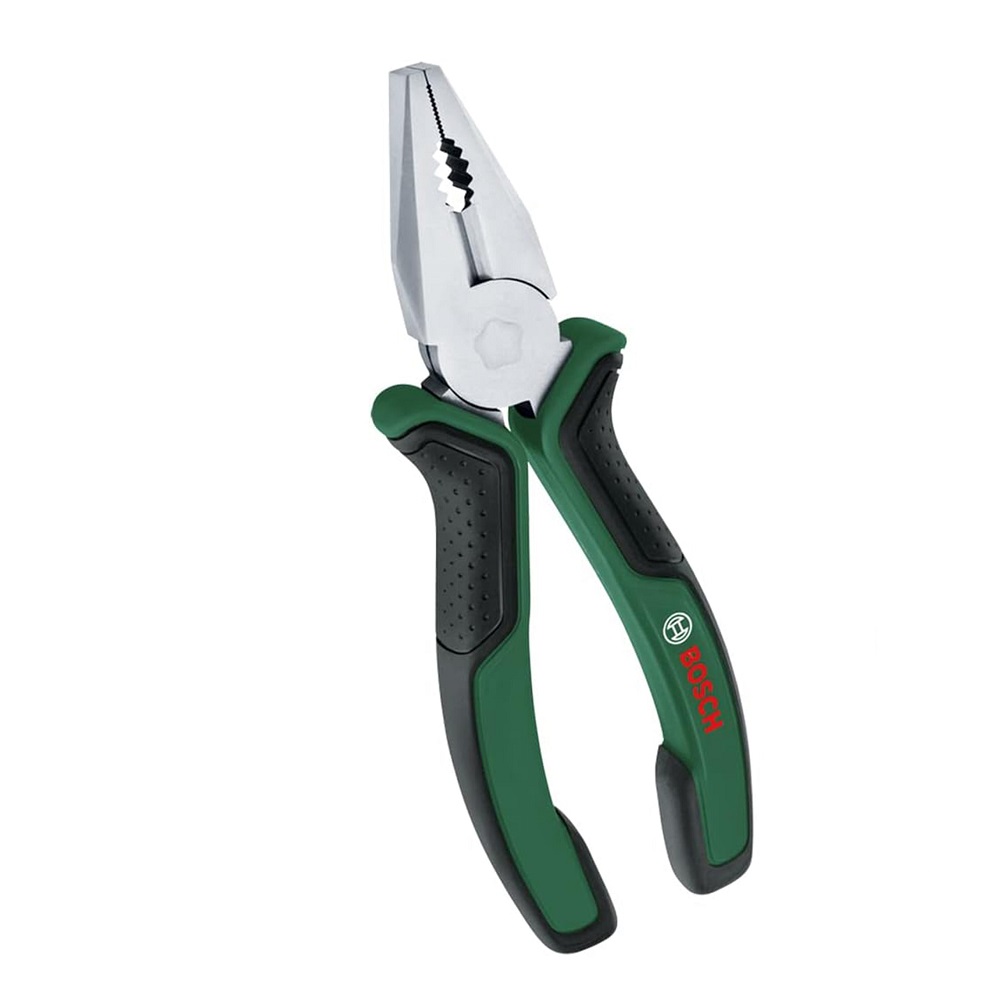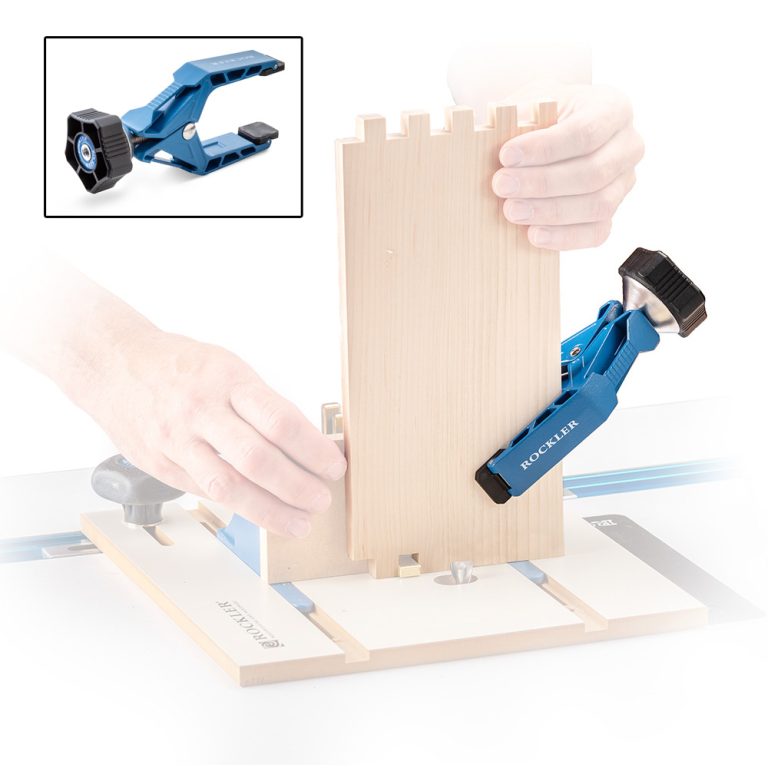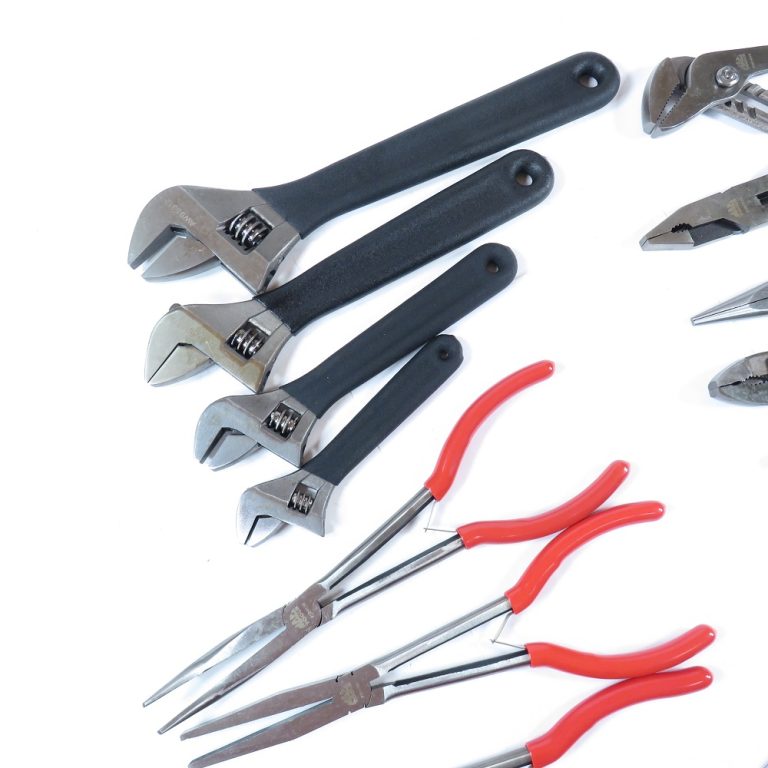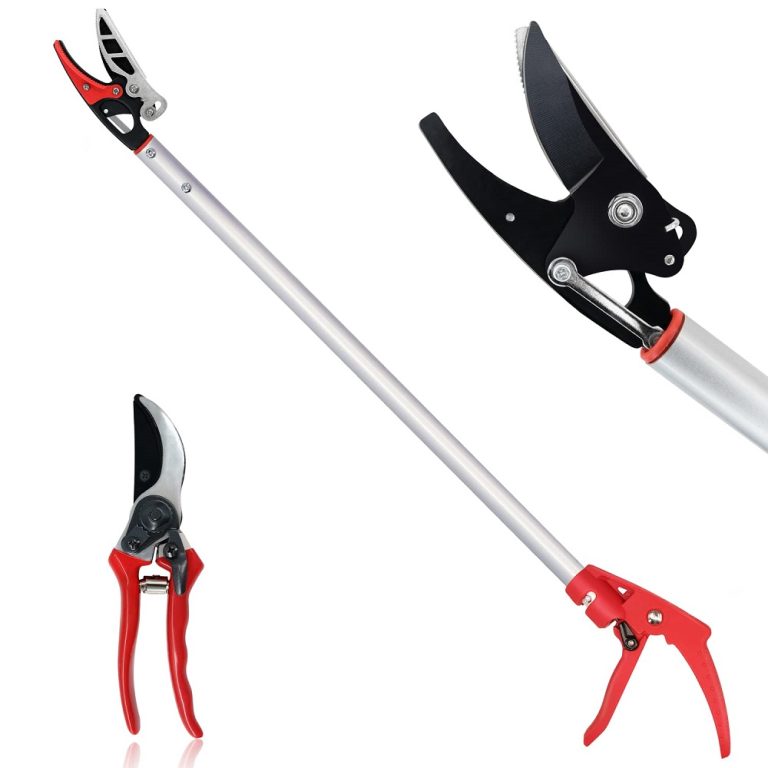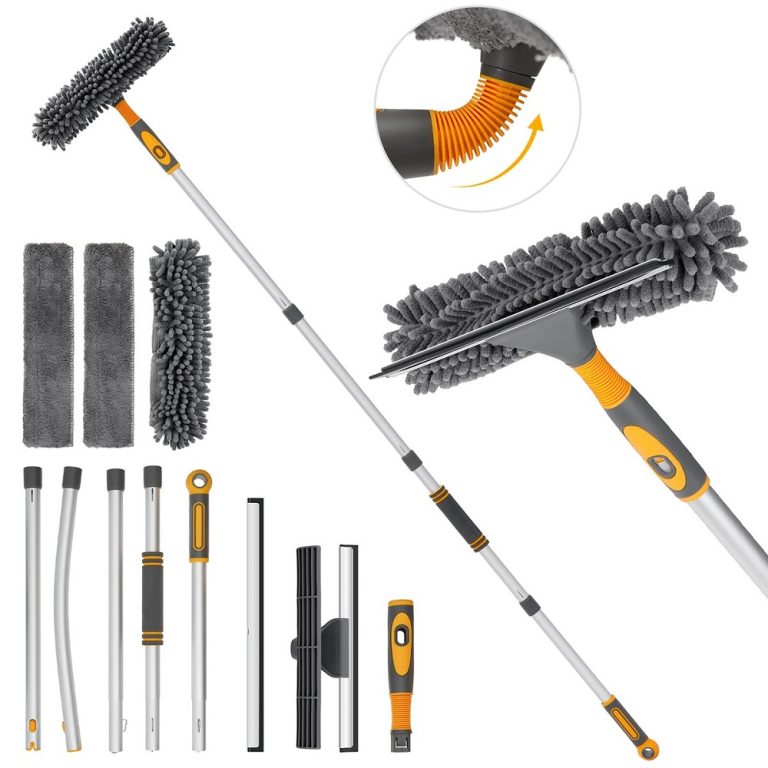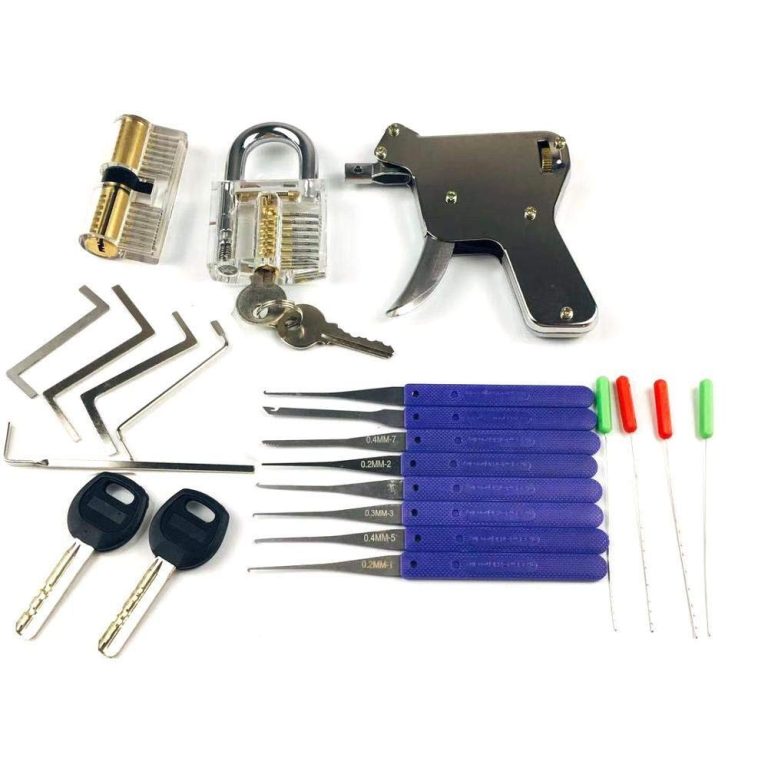Introduction to Combination Pliers
Combination pliers serve as a staple in any toolbox. These versatile tools perform gripping, bending, and cutting tasks. With combination pliers, you can tackle a range of materials and wires. By mastering these pliers, craftsmen can enhance their efficiency. In this guide, we dive into the key aspects of combination pliers.
They are a hybrid tool, merging features from gripping and cutting pliers. Typically, combination pliers have a serrated nose for gripping. This nose helps hold objects firmly. They also boast a cutting edge near the base, allowing for easy wire snipping. With these pliers, carrying multiple tools becomes unnecessary.
Understanding how combination pliers work is crucial for optimal use. They rely on a fulcrum and lever action. This mechanism multiplies your hand’s force, making tough tasks easier. For any craftsman, knowing this tool’s mechanics can save effort and time.
Our guide aims to empower you with knowledge about combination pliers. We’ll explore their essential features, upkeep, and best practices. Whether you’re a seasoned pro or a DIY enthusiast, this guide will help you make the most of your combination pliers.
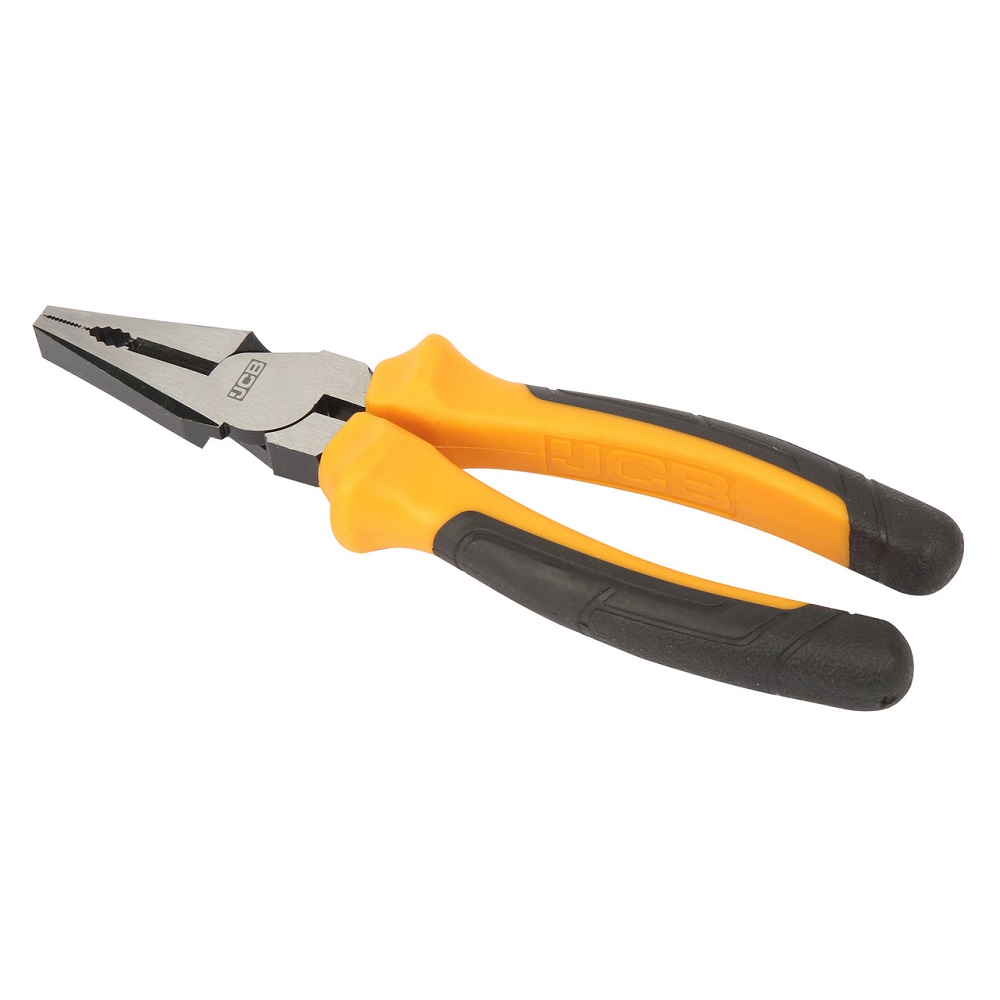
Essential Features of Quality Combination Plier
When shopping for combination pliers, certain features matter. These features set apart quality tools from inferior ones.
- High-grade Materials: Look for pliers made from durable steel. Stainless or chrome vanadium steel adds to longevity.
- Ergonomic Design: A comfortable grip is key. Rubber handles offer better control and reduce fatigue.
- Precision Machining: Jaws and cutting edges must align perfectly. This ensures accurate grip and cut.
- Built-in Cutters: Check that the cutters are sharp and precise. They should handle different wire gauges with ease.
- Adjustability: Some combination pliers come with adjustable joints. This helps you handle tasks of various sizes.
- Rust Resistance: A quality pair will have rust-resistant finishing. This keeps the pliers durable in harsh conditions.
Quality combination pliers offer better performance and safety. They make tasks effortless and help deliver professional results. With these features, your combination pliers can handle any job you throw at them.
The Versatility of Combination Plier in Crafting
Combination pliers are the Swiss Army knife of the tool world. They adapt to different tasks in crafting with ease. Their versatility shines in various aspects of a craftsman’s work.
Firstly, the serrated nose grips objects of all shapes. It holds nuts, bolts, and small components securely. Whether you’re fixing a piece of jewelry or adjusting a mechanical part, they’re indispensable.
Then there’s the cutting feature. Combination pliers snip wires swiftly. This works great for electricians or anyone needing to trim wiring. The cutting edge at the base of the pliers means you’re ready for action; no need for extra tools.
Bending is another task they handle well. Shape metal or plastic strips for your projects. The leverage provided by these pliers makes bending materials simpler and more precise.
Twisting wires is a breeze too. Electricians and hobbyists often need to twist wires for connections. Combination pliers offer a firm grip and the torque needed for such a task.
Craftsmen appreciate multi-functionality. That’s why combination pliers are a valued asset. They replace several tools, which cuts down clutter and costs. For DIY enthusiasts, they’re a great starting tool due to their multi-use nature.
In summation, combination pliers are vital for any craftsman. They do more, which makes them a key player in any toolbox.
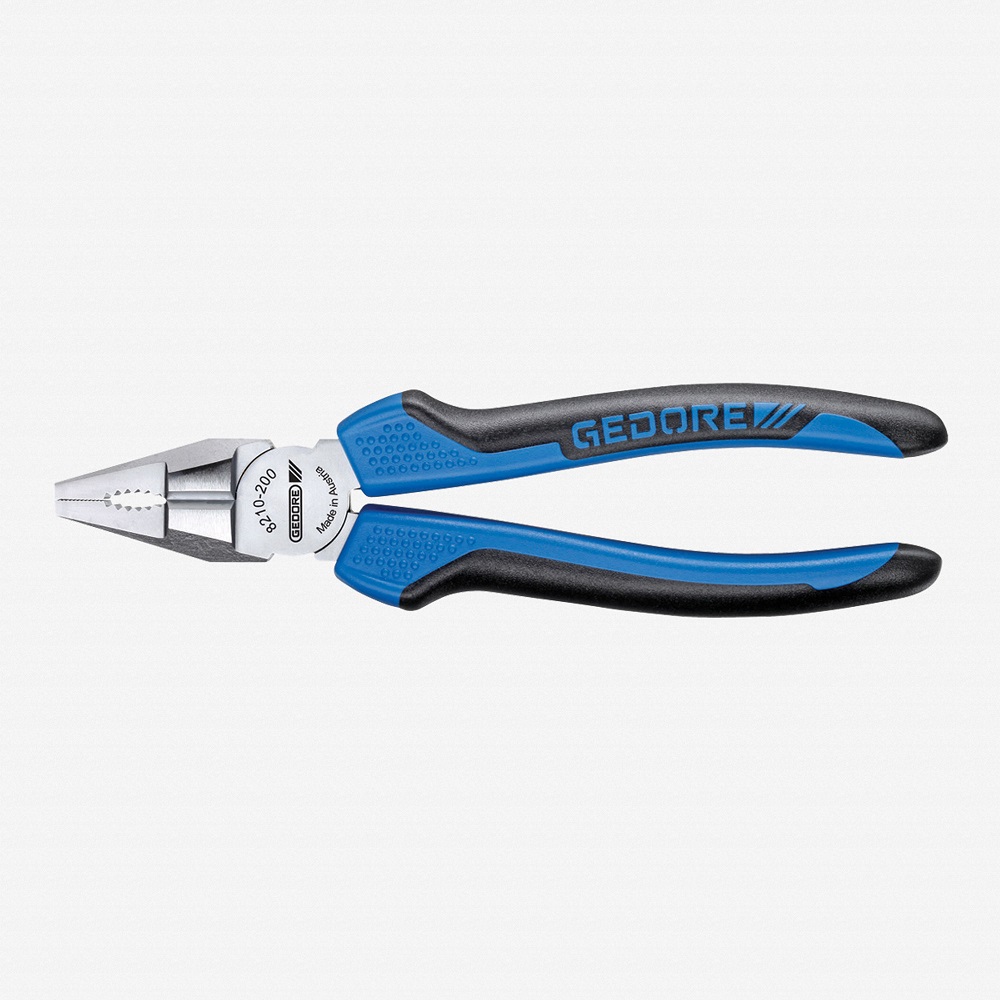
How to Choose the Right Combination Plier for Your Toolbox
Selecting the right combination pliers for your toolbox is essential. You need to consider several factors to make the best choice. Here are some tips to guide you:
- Assess Your Needs: Think about the tasks you often tackle. Do you need pliers for heavy-duty work or for fine, detailed jobs?
- Consider the Size: Pliers come in various sizes. Opt for a size that fits comfortably in your hand and suits your work.
- Check the Handle: Make sure the handle has a good grip. Non-slip handles are better for safety and control.
- Inspect the Jaws: The jaws should align well. They must grip objects tightly without slipping.
- Evaluate the Cutter: The built-in cutter should be sharp. It must cut through different wire thicknesses with ease.
- Balance Quality and Price: Aim for high-quality pliers that fit your budget. Don’t compromise on quality for cheaper options.
- Read Reviews: Look up reviews from other users. Their experiences can help you decide.
- Brand Reputation: Consider brands with positive reputations. They usually offer reliable tools and warranties.
Choosing the right combination pliers adds efficiency to your work. It ensures you have a reliable tool that lasts long and performs well. Keep these points in mind and your next project will benefit from your choice.
Maintenance Tips to Keep Your Combination Plier in Top Condition
Regular maintenance of your combination pliers is key to their performance and longevity. Here are some practical tips to ensure they stay in top condition:
- Clean After Use: Always wipe your pliers with a clean cloth after use. Remove dirt and debris to prevent rust.
- Lubricate Joints: Apply a drop of oil to the joints. This keeps them moving smoothly and prevents wear.
- Inspect Regularly: Check your pliers for signs of wear. Look for any damage to the cutting edges or jaws.
- Store Properly: Keep your pliers in a dry place. A toolbox or a drawer with a moisture absorber is ideal.
- Avoid Overexertion: Don’t use your pliers for jobs that exceed their capacity. This can lead to damage.
- Sharpen Cutting Edges: When the cutters become dull, sharpen them. Use a fine honing stone or file.
By following these maintenance tips, your combination pliers will remain a reliable tool for many tasks. A well-maintained pair of pliers grips, cuts, and bends materials with ease. Take care of them, and they will take care of your crafting needs.
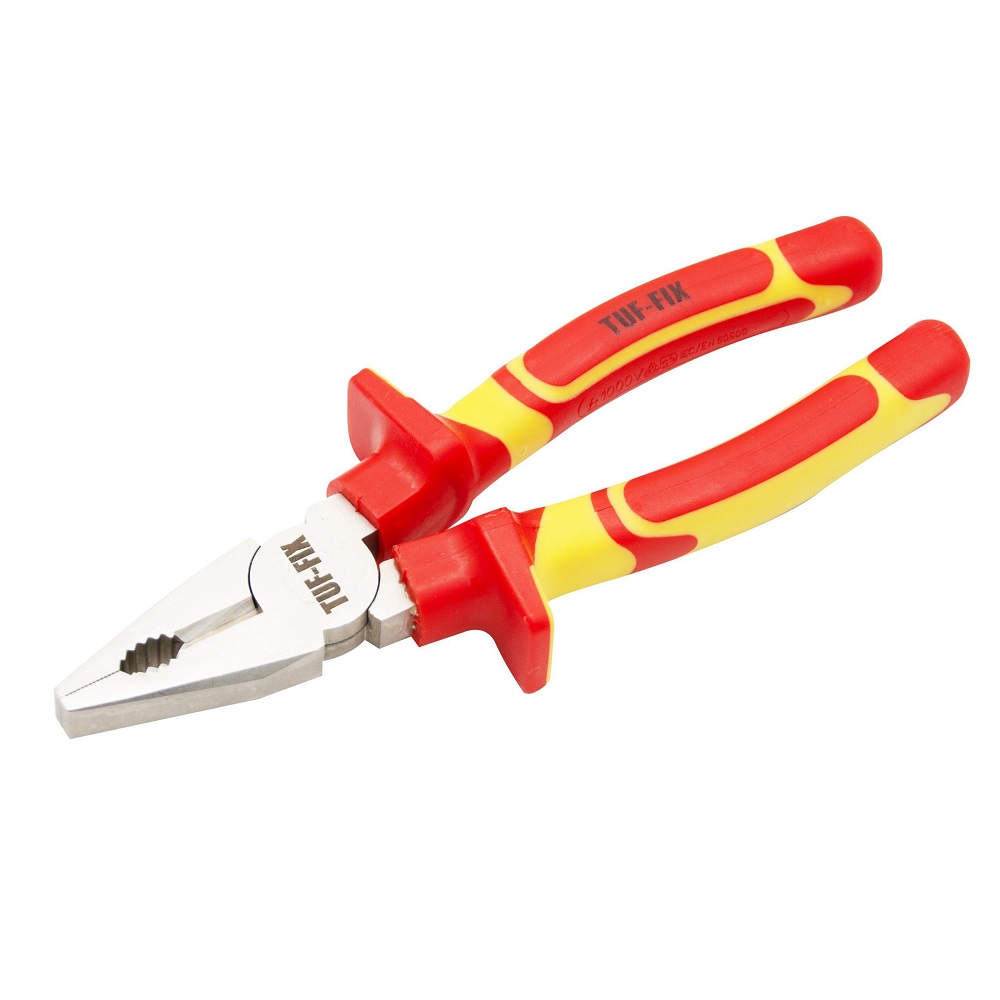
Step-by-Step Guide to Using Combination Plier Safely and Effectively
Using combination pliers correctly is vital for safety and effectiveness. Start by wearing protective gear like gloves and safety glasses. This keeps you safe from sharp edges and flying debris. Now, let’s go through the steps to use combination pliers properly.
- Inspect the Pliers: Before use, check your pliers. Look for damage on the jaws and cutting edges.
- Open the Pliers: Hold the handles in one hand. With the other hand, open the jaws.
- Position the Object: Place the material you’re working with in the jaws. Position it near the base for gripping or closer to the pivot for cutting.
- Grip Firmly: Squeeze the handles to grip the object tightly. Ensure it does not slip.
- Perform the Task: Bend, cut, or twist the material as needed. Use leverage from the pliers for tough tasks.
- Release the Object: Once finished, ease the pressure and open the jaws to release.
- Inspect Your Work: Check the quality of your work. Look for clean cuts or proper bends.
Remember, do not apply too much force. This could break the pliers or damage the material. Use steady pressure for best results. For cutting, align the wire correctly near the base of the jaws. For tasks that need precision, work slowly and carefully.
After use, clean the pliers as mentioned in the maintenance tips. This ensures they are ready for the next task. Follow these steps every time for safe and effective use of your combination pliers.
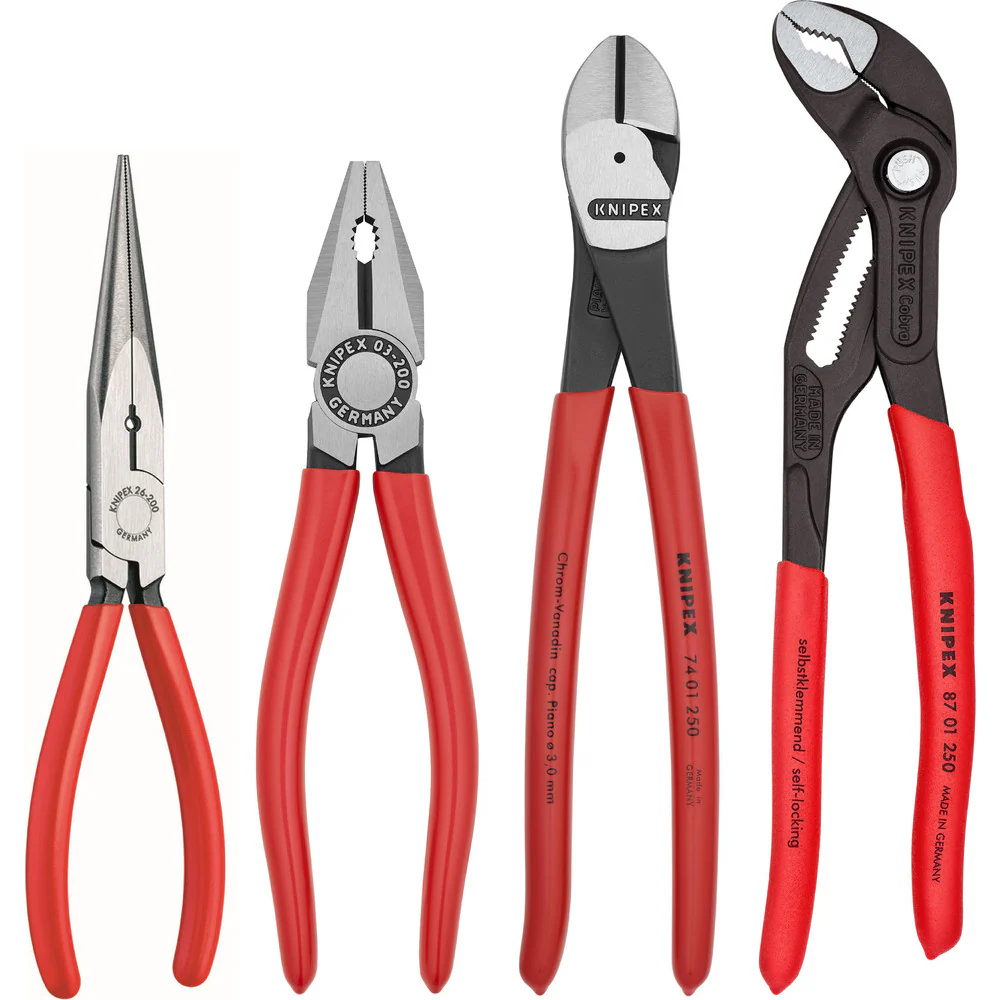
Common Mistakes to Avoid When Using Combination Plier
Using combination pliers seems straightforward, yet common mistakes can occur. Avoid these to maintain tool integrity and ensure safety.
- Overloading the Pliers:
Don’t use your pliers on materials that are too thick or tough. This can bend or break them.
- Misaligning the Cutters:
Ensure the wire sits neatly near the base of the cutters before snipping. Misalignment can dull the blades.
- Ignoring Wear and Tear:
Regular inspection is key. If you notice wear, take action to avoid accidents and poor performance.
- Using as a Hammer:
Combination pliers are not designed for pounding. Using them as a hammer can damage both the tool and your workpiece.
- Neglecting Clean-Up:
Always clean your pliers after use. Leaving them dirty can lead to rust and reduced function.
- Skimping on Maintenance:
Lubrication and storage in a dry place are important. Skipping these steps can shorten the life of your pliers.
By steering clear of these mistakes, you can utilize combination pliers effectively. Stay safe and keep your tool in good condition for all your crafting projects.
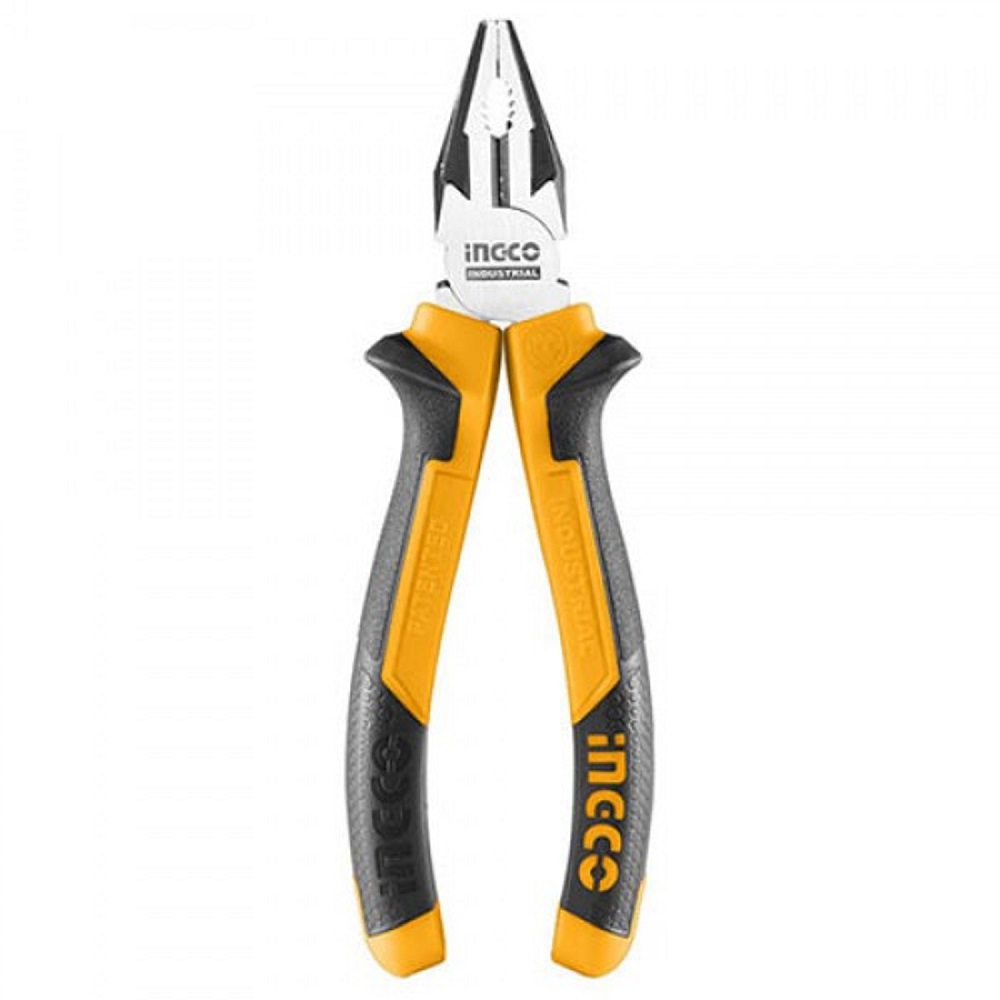
Advanced Projects and Techniques with Combination Plier
Combination pliers are not just for simple tasks. Advanced users can undertake complex projects with them. Knowledge of techniques is critical for these endeavors.
- Wire Sculpting: Artistic wire bending is possible with combination pliers. Create detailed wire sculptures with precision.
- Jewelry Making: Use pliers to shape loops and clasps for jewelry. They aid in fine, detailed work.
- Electronics Repair: Replace or adjust small electrical components with ease.
- Plumbing Fixes: Tighten or loosen nuts in tight spaces during plumbing repairs.
Advanced users benefit from a deep understanding of their pliers. Correct grips, cuts, and bends matter in these projects. Experiment with different angles and pressures for the best results. Practice develops skill and confidence in handling complex tasks. Always put safety first, as advanced techniques may increase risk.
By mastering advanced projects, combination pliers become more valuable. They prove their worth in precision and creativity. Stay safe and enjoy the extended capabilities of your combination pliers.
Troubleshooting Common Issues with Combination Plier
1. Handling Stiff Jaws
Restoring Fluid Movement
One common issue with combination pliers is when their jaws become stiff and difficult to open and close. This can hinder your ability to use the tool effectively for various tasks.
- Identify the Cause: Stiffness can often be caused by dirt or debris build-up around the pivot point. Before attempting any repairs, carefully inspect the area for signs of accumulation or corrosion.
- Cleaning and Lubrication: Use a clean cloth to wipe away any dirt or residue from the pivot area. After cleaning, apply a small drop of machine oil to the pivot point. Open and close the pliers several times to distribute the lubricant. This should restore fluid movement and improve the tool’s performance.
2. Dealing with Damaged Cutting Edges
Recognizing Wear and Tear
Over time, the cutting edges of combination pliers can become dull or damaged, diminishing their ability to effectively cut through materials.
- Inspect Regularly: Make it a habit to inspect the cutting edges regularly for chips or dullness. A dull cutting edge can not only slow down your work but also lead to more significant damage to the tool when used excessively.
- Sharpening or Replacement: Depending on the severity of the damage, you may consider sharpening the edges using a sharpening stone or file. If the cutting edge is severely damaged, it is often more practical to replace the pliers with a new pair instead of attempting to repair them.
3. Addressing Loose Handles
Ensuring Safety and Control
Loose handles can compromise the safety and reliability of combination pliers. When the handles wiggle or feel unstable, it can impede performance and lead to accidents.
- Checking Tightness: Regularly check the screws or rivets that hold the handles together. Over time, these can loosen due to wear and tear or usage. If you notice any looseness, it’s best to tighten them up.
- Temporary Solutions: A simple fix includes using a pair of pliers to gently tighten the screws. If the pliers were adjustable or if a component is missing, consider replacements to restore the tool’s integrity.
4. Storing Combination Pliers Properly
Extending Lifespan and Functionality
Proper storage of your combination pliers is crucial for maintaining their functionality and extending their lifespan. Just as important as knowing how to use your tools is knowing how to care for and store them correctly.
- Use Tool Organizers: Keeping your combination pliers in a dedicated toolbox or tool drawer helps protect them from damage. Ideally, use individual compartments or designated spots for each tool to prevent them from clashing or falling.
- Avoid Moisture: Ensure your toolbox or storage area is dry and free from excessive humidity. Exposure to moisture can induce rust and corrosion, impacting the functionality of your combination pliers and any other tools you have stored with them.
Conclusion: The Path to Mastery with Combination Plier
A Tool with Endless Possibilities
Combination pliers are fundamental instruments for both professional craftsmen and DIY enthusiasts. Their versatility stems from their ability to grip, cut, and twist a variety of materials, making them indispensable in countless applications—from construction and repair to hobbies and crafts.
Building Proficiency
Arming yourself with knowledge about the various types, techniques, and maintenance tips for combination pliers allows you to maximize their utility. By addressing common issues, learning advanced techniques, and ensuring proper care, you are well on your way to becoming proficient in their use.
Commitment to Safety
As you embark on your journey of mastery, never underestimate the importance of safety in every task you undertake. Employing proper techniques, performing regular maintenance, and using the correct safety gear will not only protect you but also enhance your overall crafting experience.
Embrace Your Creative Journey
Ultimately, combination pliers are more than just a tool; they represent your journey into craftsmanship, creativity, and problem-solving. Whether you’re engaged in a simple home repair or an intricate DIY project, the skills and knowledge you develop while using combination pliers will shape your abilities and confidence in working with tools. Embrace each experience, and let these trusted companions aid you in unlocking the full potential of your creative endeavors!
